Do you know how
to work
his usual power saving devices in the market is shaped like a dry
battery with a plug into an outlet?. Actually you can create your own
tool with much better
quality with much cheaper price.
Because of the way it works is to reduce the magnitude from cosine curve
AC current that will be read on the gauge kilometer. Device work if
there is air conditioning load passes through a coil of wire sensors
to measure the AC current which is being passed.
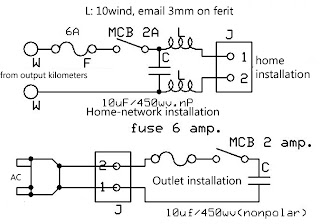 |
| Power Saver Circuit |
A very influential component in the AC
circuit is a capacitor and inductor. Therefore we need to filter the AC
current before it enters our home electricity network. Obviously we did
not perform the act of theft of electricity, and this tool will not be detected by the device are as follows . How to installation, Here I would include a scheme of the circuit which will be installed close to the mile. The closer, the more optimal the way it works, use good quality
capacitors, for security MCB here, serves to prevent the occurrence of
shorting out due to damage to the capacitor. Then Enter in box or plastic box which is strong enough. Better capacitor in the cast by GIP's or cement, so that power is wasted heat well.






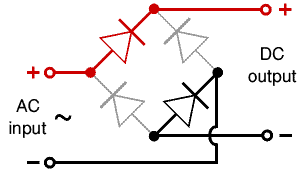

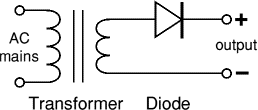
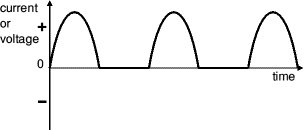

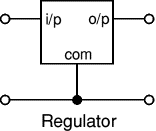
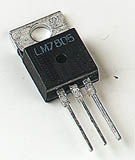
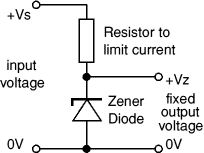
Tiada ulasan:
Catat Ulasan